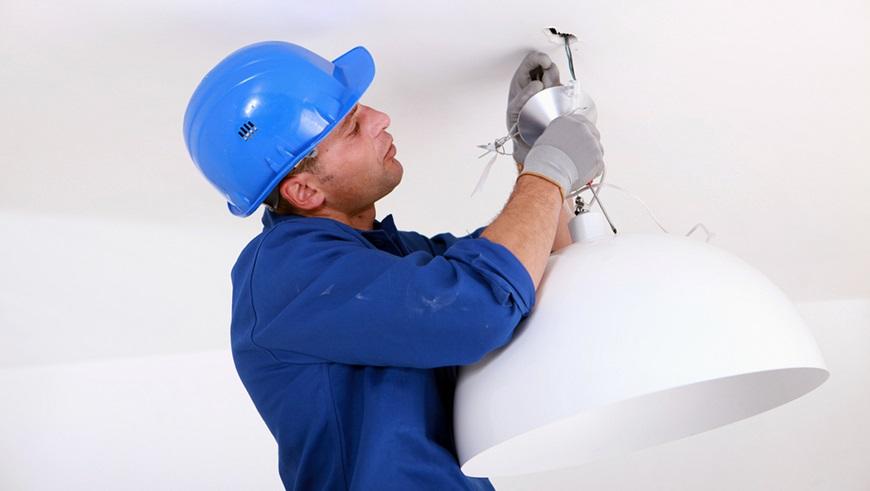The Cost to Install Light Fittings
Last updated 30th January, 2024
Do you need new light fittings? Interested to know the cost?
This article breaks down all you need to know about lighting installation. We cover LED light fittings, changing ceiling lights and kitchen light fixtures. So if you want to know more about the supply costs, labour fees and timeframes you've come to the right place.
Continue reading to be enlightened!

How Much Does it Cost to Have New Light Fittings Installed?
Choosing the lighting fixtures for your home is one of the details you need to plan when decorating or planning a simple makeover or even a larger renovation project. You need to think about what type of lighting you need (ambient, accent or task lighting), then decide on the type and size of fittings and fixtures to make the most of your budget.
This article is designed to be a basic guide to the costs involved in having a contractor install various different lighting options, as well as providing some background information which will hopefully help you make an informed decision about your lighting needs.
When removing old light fittings, you almost always will have to re-decorate and perhaps re-plaster afterwards. Occasionally, you can get away with it if the new fitting is the same size and shape (or larger), but it is unlikely.
In the case of wall mounted downlighters and other new lighting where the wiring has to sunk into the plasterwork, you will definitely need to re-plaster after the wiring is in place.
This is normally covered in the lighting quote, but the decorating most likely will not be (even if you ask for decorating work to be included, electricians do not normally want to get involved managing other trades, so would rather leave that up to you).
So what type of lighting do I need?
Ambient lighting (aka background lighting), substitutes for daylight and is usually provided by a central pendant type of light fitting, this is popular though bland by modern standards, but you can supplement this general lighting with other types to great effect. Accent lighting adds focus to general lighting using a mixture of spotlights, downlighters, up-lighters, strips and table lamps. Task lighting is simply the light required to do a specific job and needs to be focused on the area you're using. A good lighting plan will feature ambient, accent and task lighting elements, using a combination of light fittings to good overall effect.
Can I do this work myself?
You really should not be messing about with wiring if you do not have a good understanding of electrical work. There is no requirement for an electrician to carry out simple electrical tasks that do not involve additional wiring (such as replacing light fittings), but mistakes made can not only be costly, they can be very dangerous. So, if in doubt, get an electrician in to do the job safely! Find an electrician using the "Get Quotes" button on the page.
Light Installation Prices
The prices mentioned below have been collated via a number of online resources and should only be used as a rough guide. Although they are accurate at the time of publishing, prices vary tremendously based on your location and the type of fixtures and fittings chosen.
The average material cost of installing light fixtures will ultimately depend on how many lights and what type of light fixture you choose for the required room. For example, spotlights, downlights, pendants, chandeliers, tubes & more!
Most electricians will usually charge around £150 to £200 per day in labour. The tradesman will normally take anywhere between 1-4 hours depending on how many light fixtures will need to be installed and any additional wiring. The tradesperson will typically charge a standard call out fee which is usually around half a days work.
Below are some estimated costs of hiring an electrician to supply and install new light fittings and fixtures:
| Job Description | Avg. Cost | Duration |
|---|---|---|
| Single lightweight pendant/chandelier | £80-£100 | 2-3 hours |
| 6 lamp lighting grid in kitchen with new wiring | £800-£1000 | 3-4 hours |
| 4 dimmed wall lights in the living room | £500 | 2-3 hours |
| Ceiling or wall lamp replacement with no extra wiring | £60-£100 | 1-2 hours |
Cost Breakdown
Individual costs of fitting 4 dimmed wall lights in the living room - Total Cost: £500










